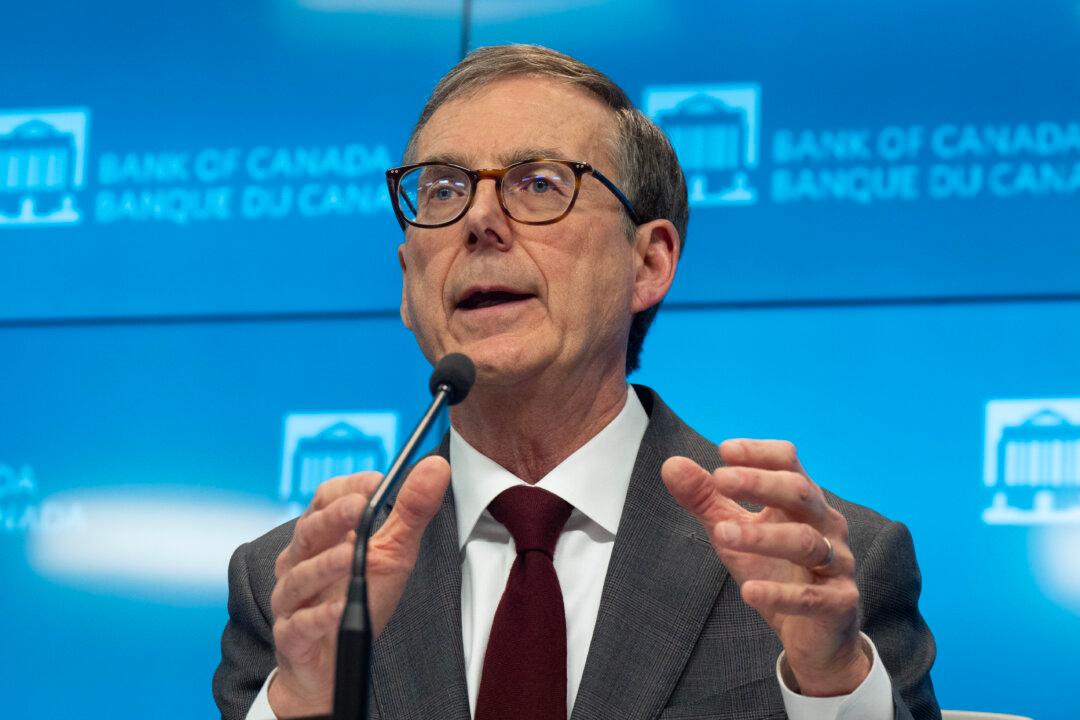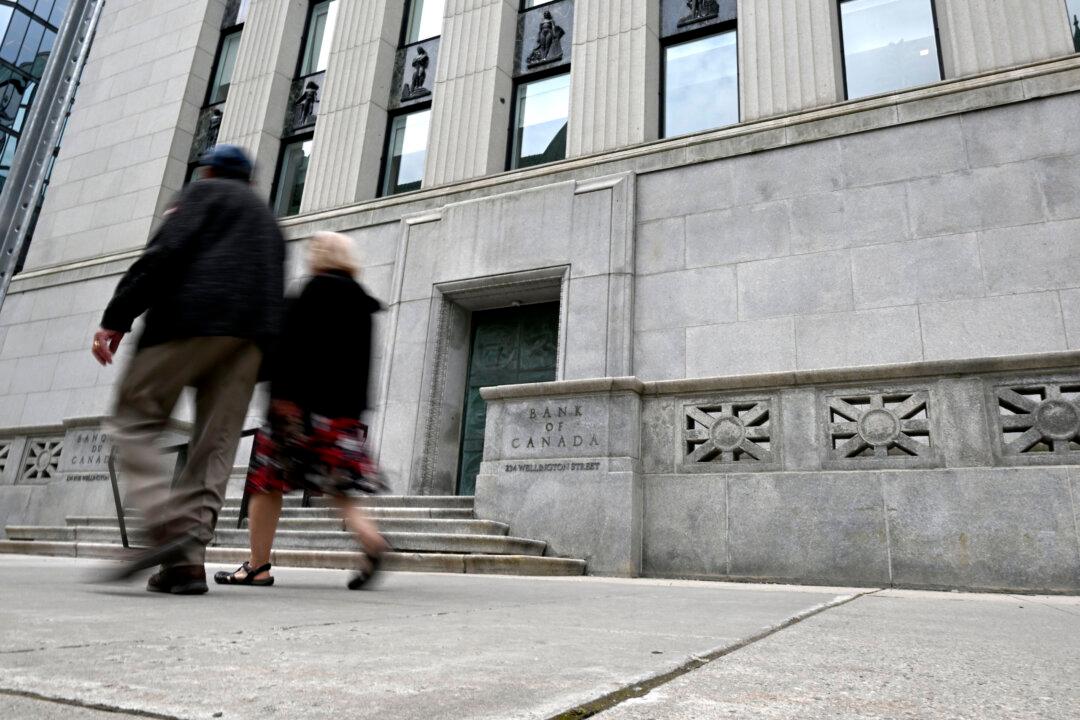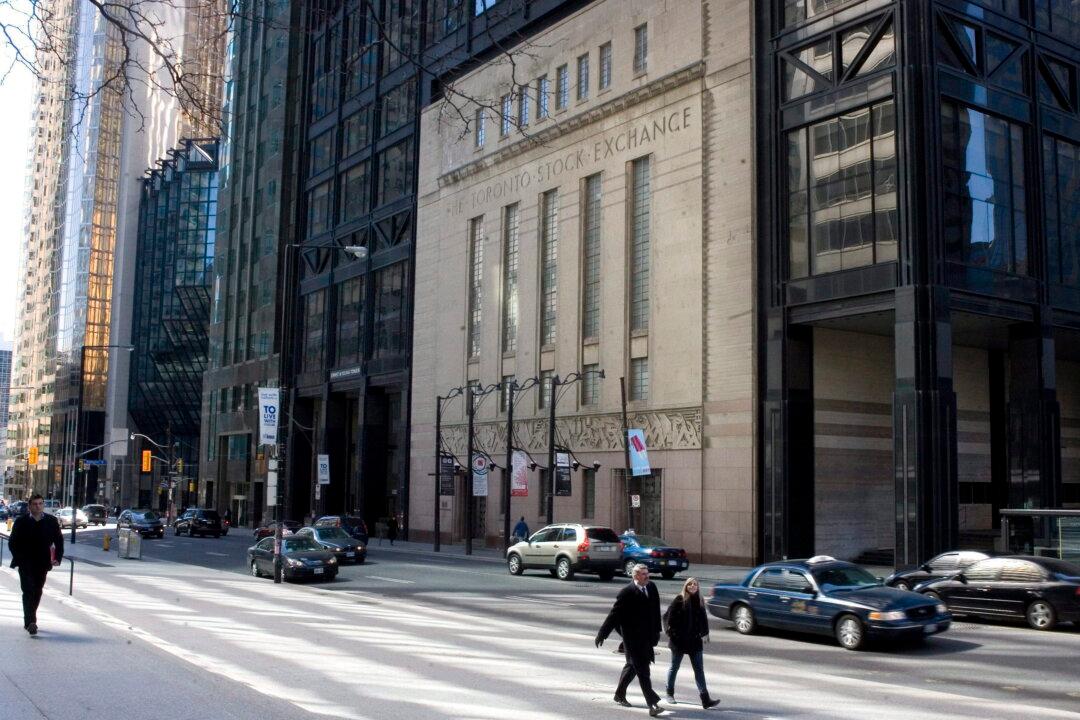Commentary
The world economy has seemingly entered its first widespread financial crisis since 2008, despite initial assurances by our political leadership that “there is nothing to see here folks!”
As is the case in all these crises, things are barely noticeable at first, and then things fall apart at a breathtaking pace. This has been coming for a long time. A junior bank analyst at a mediocre investment firm could have seen this coming after spending 20 minutes looking at the bank’s annual report. The establishment narrative has shifted from insisting that Silicon Valley Bank (SVB) is an isolated case to assurances that even the most reckless will be bailed out, especially irresponsible and incompetent wannabe techlords, climate grifters, and corrupt politicians with eight- and nine-digit net worths.
On some level, this looks more like a bailout of large Democratic Party donors than depositors. The trail of money is interesting. Climate and tech “entrepreneurs” receive funding to finance risky and uneconomically viable enterprises. This process is largely aided by the government either directly or through investment bankers who, in practice, serve and prosper at the will and convenience of the political administration. These investment bankers receive astronomical fees that go to their beachfront homes, $1,000 restaurant meals, and to the campaigns of the same politicians that enabled those fees. The “entrepreneurs” use this money to enrich themselves personally and to promote their masters’ political agenda.
Given the nature of venture capital and private equity, most of these businesses will either fail outright or be bought up by a much larger firm. In the case of the firms that fold outright, senior management will leave with giant bank accounts and start their next hustle. This happens when capital is allocated on the basis of government mandate, even if it is made to appear indirect as with years of artificially low interest rates.
Capital allocation should be based on investors taking risks based on analyzing the vehicle of interest and coming up with decisions based on reason. Yes to true entrepreneurship and capitalism. No to grifting and corporate socialism. Also, the crucial part of this non-virtuous circle is that the funds come from the common taxpayers. The game is too opaque for most of us to notice.
The phenomenon where capital is allocated to unproductive endeavours at the expense of truly economically optimal ones is sometimes referred to as malinvestment. Literally, bad investments chasing out good investments. An accurate, though admittedly uncomfortable example is SVB donating US$73 million of shareholders’ money to Black Lives Matter instead of viable investments and paying for a real risk management department with trained and prudent individuals. The capital going to finance a startup engaged in climate grifting would be better kept in the pockets of taxpayers who could either spend their money, thus stimulating the economy directly, or invest that money for future spending in real companies that economically benefit society.
Despite all this turmoil, Canadian banks are in relatively good shape and Canadian depositors can and should feel secure, even if the outlook for bank shareholders is far less certain. Bank profitability will be impaired and stock prices may not do as well as hoped, but absent an economic collapse dwarfing the Great Depression, Canadians can go about their banking in comfort. Their money is safe even if it might be worth considerably less is the next few years if inflation persists. Governments and central bankers will choose more inflation over a banking collapse which, if those are the only two alternatives, is the politically safer one.
Banks can get into trouble in numerous ways and those ways can feed on each other, so they are not mutually exclusive. SVB, despite what some apologists who have no understanding of the inner workings of banks will tell you, collapsed because of an interest rate or maturity mismatch. Their assets, particularly U.S. Treasuries, had longer term to maturities in aggregate than their liabilities (deposits). This strategy works well in stable times because longer-term interest rates are usually above short-term rates. The bank earns a spread. The total value of assets is higher than the value of liabilities. The difference is the bank’s equity capital. As the bank earns the spread between assets and liabilities, those earnings after expenses are profits. Dividends are paid, and the difference between profit and dividends goes to increase the bank’s capital. Maturity mismatches is what caused the savings and loan crisis in the late 1980s and 1990s.
However, if assets are long and liabilities are short and interest rates rise, then the revenue of assets which are not rising will not be enough to cover rising liability costs. Losses decrease capital, which makes the bank more levered and therefore risky. If losses are enough, this can theoretically make the bank’s shares worthless and the book value of equity could be negative. Think of your home, if that is your only asset. If your home is worth $1,000,000 and your mortgage is $700,000, your net worth is $300,000. However, if your house declined in value to $600,000, your net worth is now negative $100,000 ( $600,000 minus $700,000). Now imagine that you have also just lost your job or incurred a large pay cut.
The bank run on SVB was not the primary cause of its collapse. It was a result of the bank becoming less valuable, more levered, and more risky. It was completely rational for uninsured depositors to bolt, just as it was rational to get into a lifeboat on the Titanic just when it became apparent it was too late to avoid the iceberg and not stay until the band was finished their performance.
One might ask why SVB did not merely sell less liquid long-dated assets like 30-year bonds and buy two-year bonds, and thus eliminate that risk as soon as the Fed began hiking rates. It is apparent that this was grotesque incompetence. The bank was either too inept and distracted to realize their impending doom or they bet rates would not go up with their uninsured depositors’ and shareholders’ money.
Sadly, the government bailed out the uninsured depositors of SVB who should have taken some losses. They took a risk investing in SVB and should bear the consequences, just like other investors. A government policy of insuring investment risks will have dire consequences going forward.





